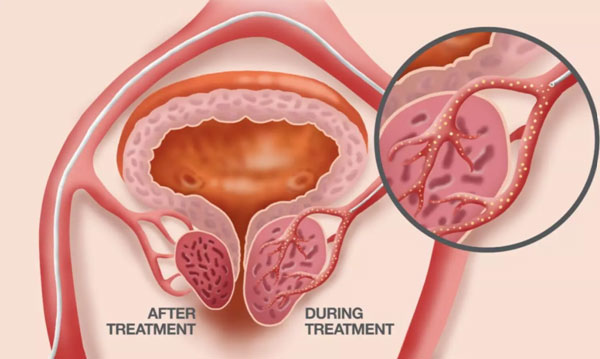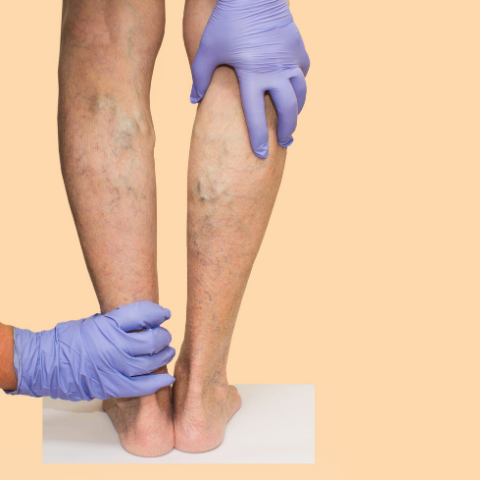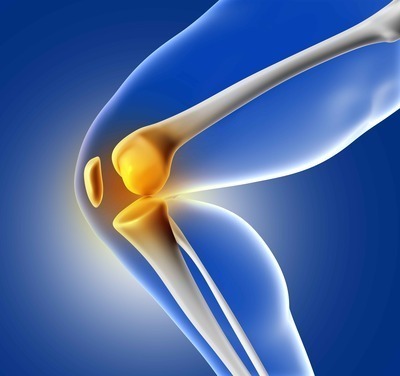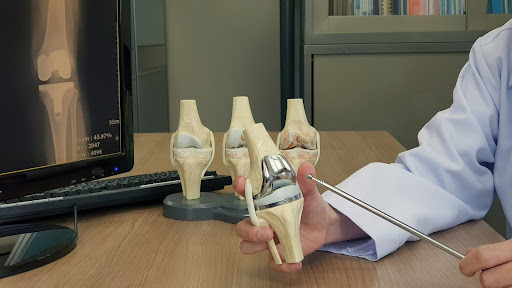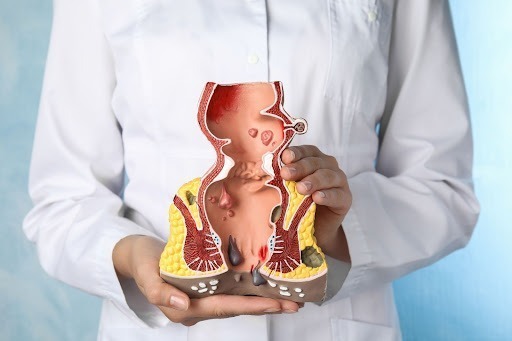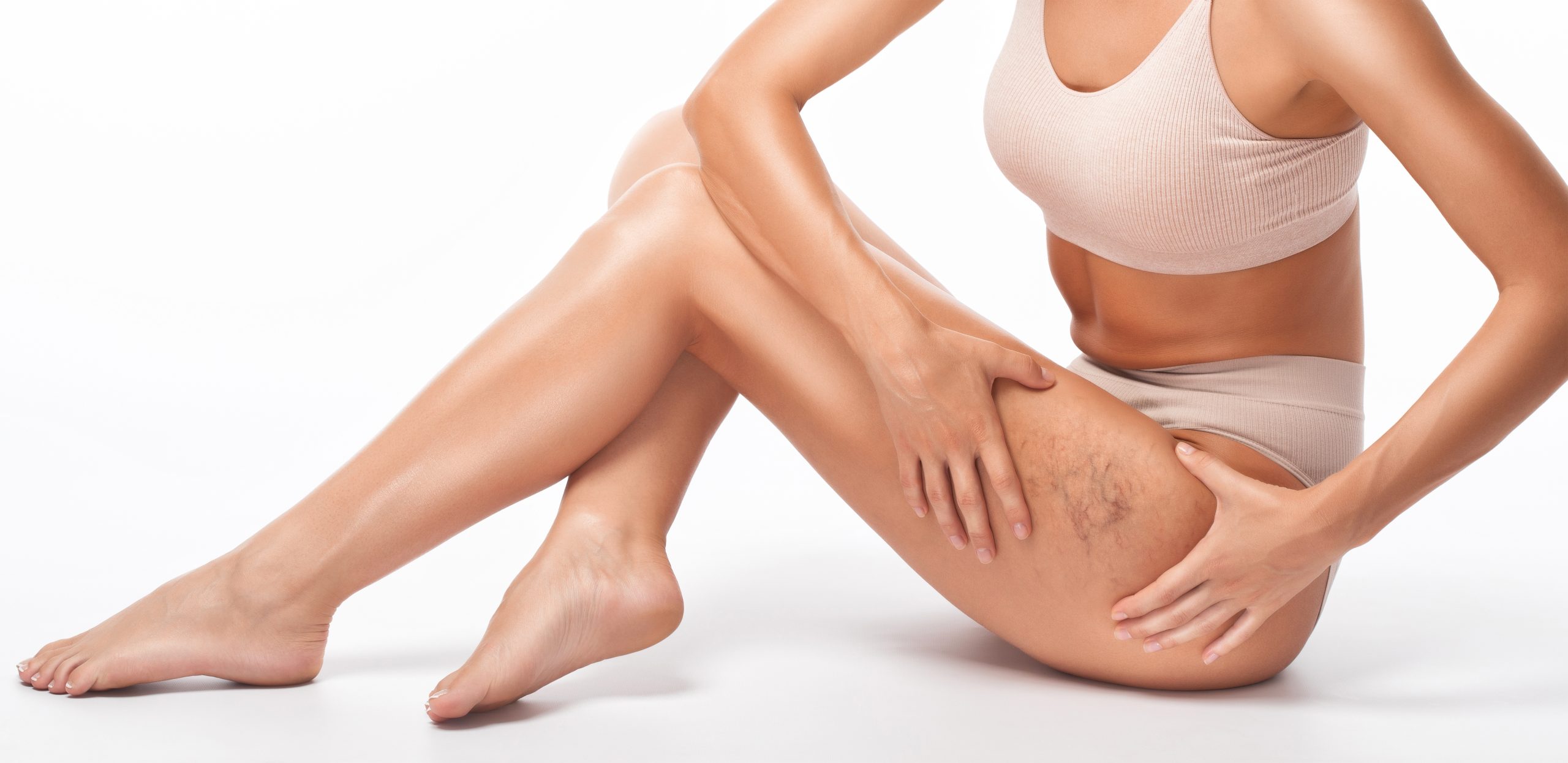General Surgeries
Which Treatment is Best for Lipoma?
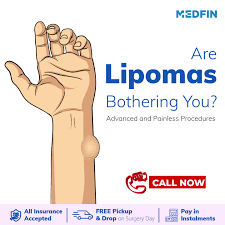
by admin
31st July 2023
7 minutes read
Lipomas are painless nodules present anywhere in your body but are most commonly seen on the forehead, arms, neck, thighs, back, shoulders, and legs. These small and oval-shaped lumps of fatty tissues with unknown etiology (cause) are benign (non-cancerous) in nature and do not cause any medical problems. Lipomas are soft and rubbery and move freely when pressure is applied over them. They usually do not require treatment, but under certain conditions, lipoma removal becomes necessary to avoid further discomfort and compromise in your routine activities. Large lipomas that are aesthetically not pleasant lower your self-confidence, hence necessitating their removal.
There are many treatment options to remove a lipoma but the most preferred and best treatment is discussed further, so read on!
When is The Removal of Lipoma Necessary?
Small, painless, and slow-growing lipomas are usually harmless and often go unnoticed, are not dangerous, and do not cause any life-threatening emergencies. However, the following conditions or factors make lipoma removal mandatory:
- Lipomas that quickly enlarge in size over a short span of time (within a few weeks).
- When the lipomas make your appearance unaesthetic (lipomas of the neck and forehead look unpleasant) and lower your self-confidence and causes distress.
- Extreme pain is caused by lipoma when they impinge (press) against a nerve or a blood vessel passing through it.
- Multiple lipomas (Lipomatosis) are present in areas that make your routine activities very challenging. For example,, lipomas of the back make it difficult for you to lie in a supine position, affecting your sleep quality. This affects your performance at work, in academics, etc.
- When the lipomas involve internal organs causing other complications like the lipoma spread to the gastrointestinal tract causing symptoms like abdominal pain, constipation, and colonic obstruction.
- When there is a fear of lipoma being malignant (cancer forming), as in the case of liposarcoma.
What is The Best Treatment For Lipoma?
Lipoma removal is generally an outpatient procedure that does not require hospitalization and is performed under local anesthesia. Surgical Excision Removal Surgery is the best treatment for lipoma, which involves completely removing the lipoma as a whole tissue. This is by far the most effective treatment since there is a reduced risk of recurrence and postoperative complications.
-
Pre-procedure
-
- Your surgeon will physically examine your lump to check the size, location, mobility and tenderness.
- Your medical history will be recorded to rule out pre-existing conditions like diabetes (high blood sugar levels), hypertension (increased blood pressure), and other blood disorders like anemia (a condition characterized by reduced RBCs cutting off the necessary oxygen supply to the body tissues).
- You need to inform your surgeon about the medications being taken like blood thinners etc.
- Your surgeon will record your social history like smoking and alcohol abuse since these are important risk factors for lipoma. Your history is important to help determine the course of action and the wound-healing process.
-
Procedure
-
- The surgery is an outpatient procedure that takes less than an hour.
- On the day of your surgery, you will be asked to have a light meal, and avoid wearing any head accessories that would cause discomfort while you lie down for the procedure.
- The affected area will be examined and cleansed with an antiseptic solution to free the area from debris and other contaminants.
- You will be given local anesthesia to numb the area; hence you would not feel any pain during the surgery.
- Your surgeon will mark the outline of the lump and make an incision (cut) measuring 3 to 4 mm in diameter using a scalpel (blade-like instrument).
- The wound is stretched apart to allow the insertion of a curette (a surgical instrument used to scrape out tissues) to break free the lipoma tissue from the surrounding structures and removed it as a whole mass.
- The wound is then cleaned thoroughly to remove any remaining tissue left out and closed using sutures. A waterproof pressure dressing is placed over it to protect the sutures and prevent bruising.
-
Post-procedure
- Immediately after surgery, you may experience mild pain and discomfort once your anesthesia wears off.
-
- You will have a waterproof dressing over the sutures and your surgeon will give you all the post-op and wound care instructions.
- You will be kept under observation for at least an hour before you are allowed to go home.
- You may ask someone to drive you home since you are not allowed to drive for at least 7 to 10 days. Sudden stops during emergencies while driving are prohibited.
- You will be prescribed pain medications to help relieve pain and discomfort.
- Resting on the day of surgery is important to help your body heal and boost your immune system.
- Avoid washing your face for at least 2 weeks post-surgery to prevent wound infection, especially after the lipoma removal of the forehead.
- Avoid having a bath for at least 1 week to prevent the wound infection. You may opt for a sponge bath instead.
- Your sutures will be removed after 7 to 10 days post-surgery.
- Changing your dressing and bandage every 2 to 3 days is important for proper healing.
- You can have a bath 1-week post-surgery, however, avoid soaking in hot tubs for at least 4 weeks. Dry your wound thoroughly to reduce the risk of infection.
- There are no limitations on resuming your mild routine activities. However, avoid strenuous exercises or activities for at least 2 weeks to prevent wound separation.
- Once the wound is healed 2 weeks post-surgery, the scar should be massaged daily with a moisturizer to prevent dryness.
- You will likely recover within 2 to 3 weeks with complete wound healing.
- You can resume swimming after 4 weeks post-surgery.
Different Techniques of Surgical Excision
There are different surgical techniques depending on the size of the lipoma:
-
Minimal incision extraction (If the lipoma is small):
-
-
- The incisions made in this technique are 2 to 3 mm in width.
- This technique does not require any sutures, and only a waterproof dressing is sufficient.
-
-
Elliptical incision (If the lipoma is large):
-
-
- The incisions made are almost the size of the lipoma.
- The wound is closed with sutures which are removed after 7 to 10 days post-surgery.
- A waterproof dressing is also placed over the sutures for proper healing.
-
-
Endoscopic submucosal dissection
-
-
- This technique involves the use of a special tube-like instrument known as an endoscope that is inserted into the lipoma through a small incision.
- Another blade-like instrument is inserted into this endoscope to cut the lipoma tissue out.
-
-
Z- incision
-
- This method is commonly used for larger lipomas.
- Here a Z-shaped incision is made into the lipoma to remove the stubborn fatty tissue underneath.
Takeaway:
Lipomas generally go unnoticed since they are painless, benign lumps that usually do not require any treatment. But when these lumps are unaesthetic in appearance and cause severe pain, then your surgeon recommends getting them removed. By far, surgical excision is the best and most widely used treatment for lipoma removal. The risk of lipoma recurrence after surgical excision is significantly minimized and the post-op complications are minimal and easily managed. Recovery is quick and takes around 2 to 3 weeks, but this can vary according to individuals.
If you notice a lump anywhere in your body that is painful and causes discomfort, consult our best surgeons for lipoma removal at Bangalore at Medfin, to help you choose the right treatment that suits you best.
Disclaimer:
The content on this site is the copyright of Medfin and is intended for informational and educational purposes only. This should not be considered as a substitute for medical and surgical expertise. Results from any treatments or surgeries are subjective to an individual patient and the type of procedure/ surgery performed. Please seek professional help regarding any medical concerns. Medfin will not be responsible for any act or omission arising from the interpretation of the content present on this page.
Also Read :
CATEGORIES
- ACL Reconstruction
- Anal Fissures
- Anal Fistula
- Appendicitis
- ASK A DOCTOR
- Benign Prostatic Hyperplasia
- Breast Lump Excision
- Cataract
- Circumcision
- Conditions & Diseases
- Cosmetology
- Covid-19
- Cure
- Endocrinology
- ENGLISH VIDEOS
- Eye Care
- Gallstones
- General Surgeries
- Government Schemes
- Gynaecology
- Gynecomastia
- Health
- Health Insurance
- Hernia
- Hindi
- Hip Arthoscopy
- Hip Replacement
- Hip Replacement Surgery
- Hydrocele
- Kannada
- Kidney Stones
- Knee Arthroscopic
- Laparoscopic
- LASER
- Latest Treatments
- Lifestyle
- Liposuction
- Medfin Stories
- Medicine
- Nephrology
- Ophthalmology
- Orthopaedic
- Paraphimosis
- Patient Testimonials
- PCL Reconstruction
- Phimosis
- Piles (Hemorrhoids)
- Pilonidal Sinus
- Proctology
- Prostate Artery Embolization
- Rhinoplasty
- Second Opinion
- Total Knee Replacement
- Urology
- Uterine Artery Embolization
- Uterine Fibroids
- Varicocele
- Varicose Veins
- Vascular
- VIDEOS
